(CLO) According to tradition, before the Lunar New Year, the Hue Monuments Conservation Center organizes the flag-raising ceremony (Thuong tieu) at Trieu To Temple and The To Temple in the Imperial City. This is one of the special ceremonies recreating the traditional Tet atmosphere of the nation.
The pole-raising ceremony, also known as the pole-raising ceremony or Thuong tieu, is an important traditional custom during the traditional Vietnamese New Year.
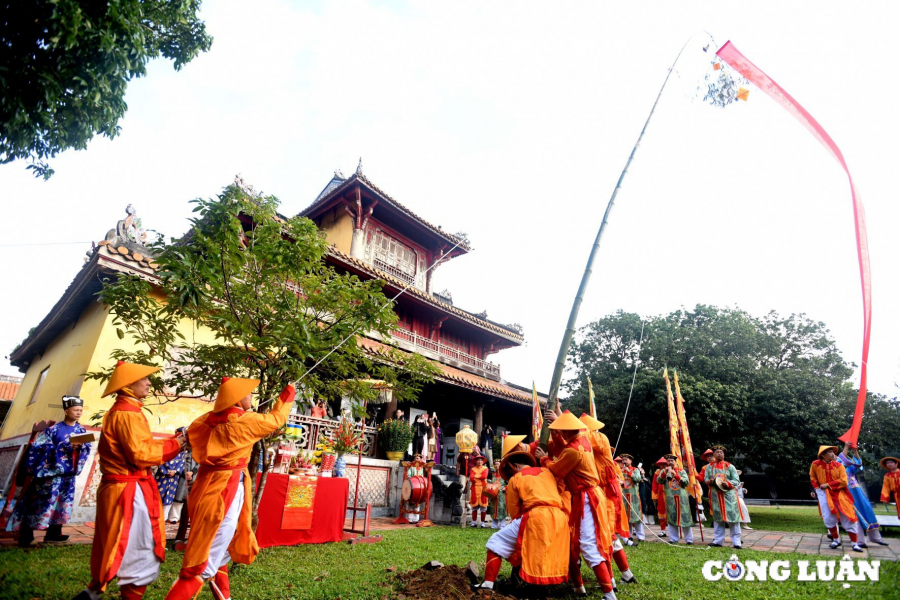
The Hue Monuments Conservation Center organizes the flag-raising ceremony (Thuong tieu) at Trieu To Temple and The To Temple in the Imperial City - Photo: Minh Giang
Under the Nguyen Dynasty, this ceremony was solemnly held at the royal palace, to signal the moment of "the end of the year, the beginning of the New Year" and to convey wishes for favorable weather, bountiful crops, and a prosperous life.
According to documents from the Hue Monuments Conservation Center, the pole-raising ceremony is held on the 23rd of the twelfth lunar month, coinciding with the day of sending the Kitchen Gods to heaven. This is the time marking the cessation of work during the year to prepare for Tet.
At the Nguyen Dynasty, the pole was made from large, whole bamboo trees, and was often decorated with items such as charms and five-colored flags to ward off evil spirits and bring peace.
Currently, this ritual is reenacted annually at the Hue Imperial City within the framework of Spring celebrations for the Lunar New Year. This year's flag-raising ceremony was solemnly held with the participation of Mr. Hoang Viet Trung, Director of the Hue Monuments Conservation Center, along with officials and royal relatives.
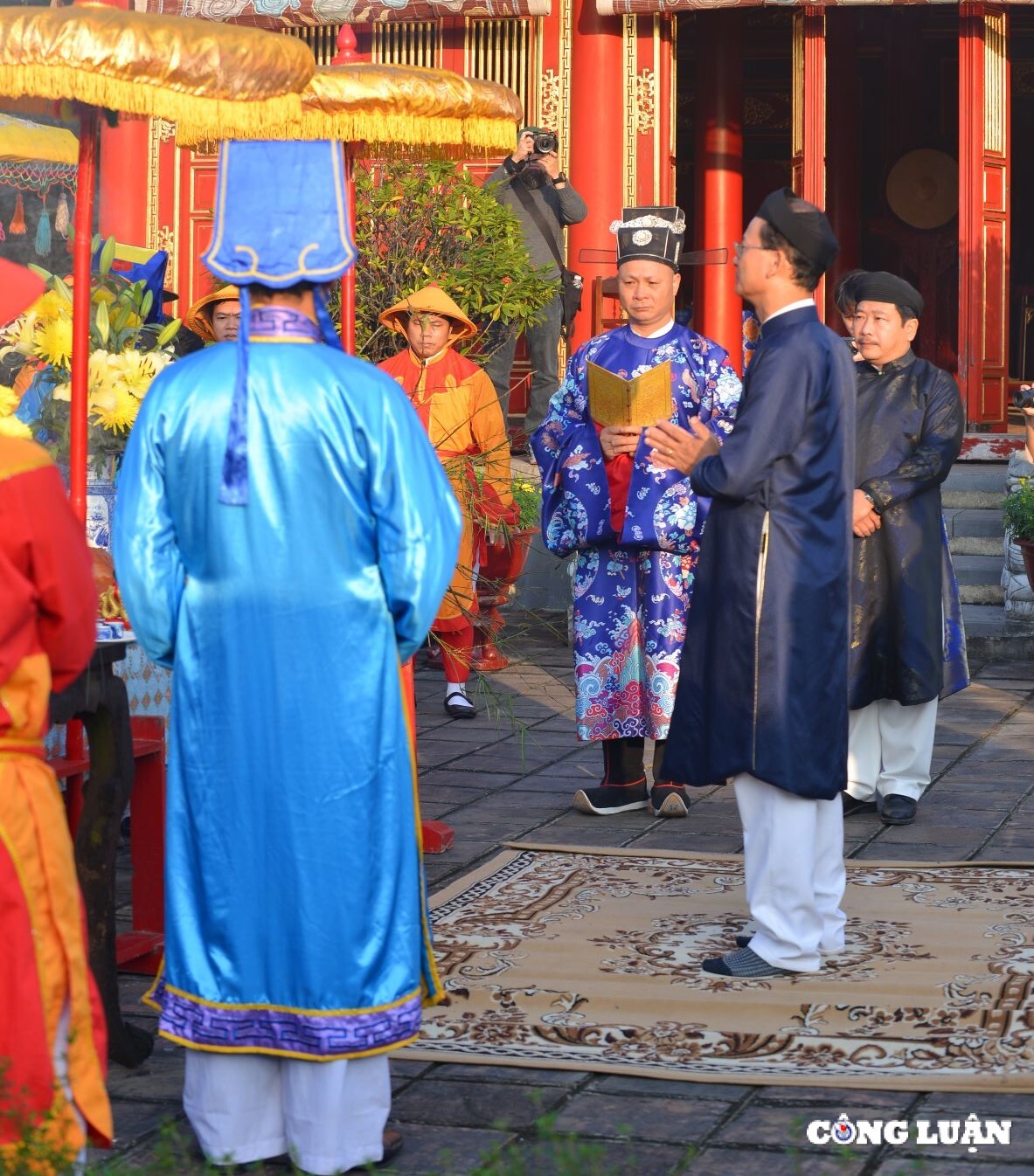
Mr. Hoang Viet Trung (in black ao dai), Director of the Hue Monuments Conservation Center, presided over the flagpole raising ceremony on December 23. Photo: Minh Giang
The ceremony began at Trieu To Temple with traditional worship rituals, including incense offering, performing rituals before the altar and burning votive papers. The highlight of the event was the erection of a large pole in the yard of The To Temple, where the Nguyen Dynasty kings were worshiped. The tall, majestic pole symbolized the end of the old year and the welcome of a new year full of hope and peace.
In addition to the meaning of informing people that the time of the new year has come, the flag-raising ceremony at Hue Imperial Citadel also conveys wishes for national peace and prosperity, every family's prosperity, and favorable weather.
The reenactment of the flag-raising ceremony at the Imperial City not only aims to preserve and spread traditional values but is also an opportunity to promote the unique cultural features of the ancient capital. This is a highlight that attracts a large number of tourists to visit and experience the ancient Tet atmosphere in the sacred historical space of Hue Imperial City.

The ceremony solemnly began at Trieu To Temple in Hue Imperial City. Photo: Minh Giang
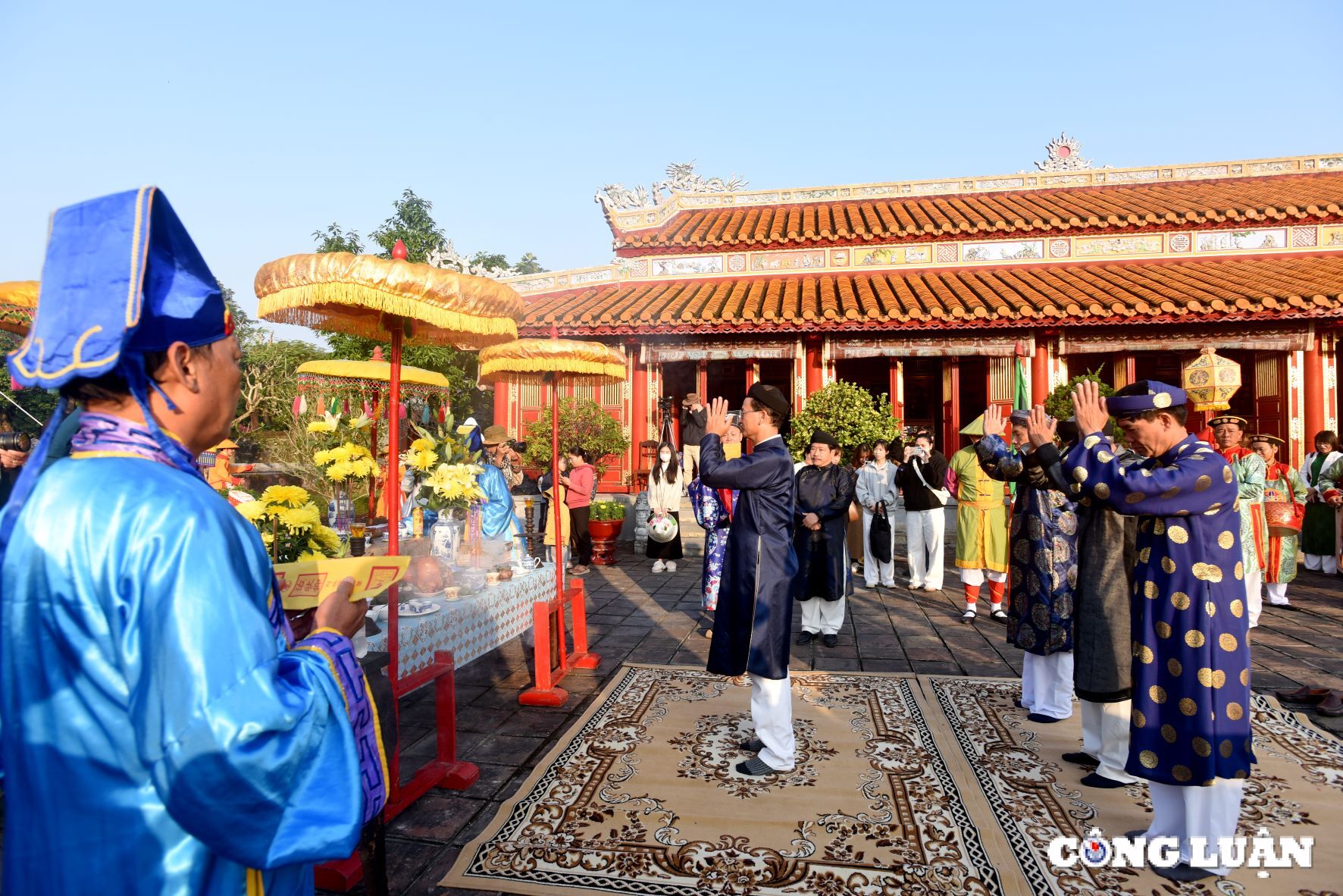
Royal officials and relatives respectfully perform rituals before the altar. Photo: Minh Giang
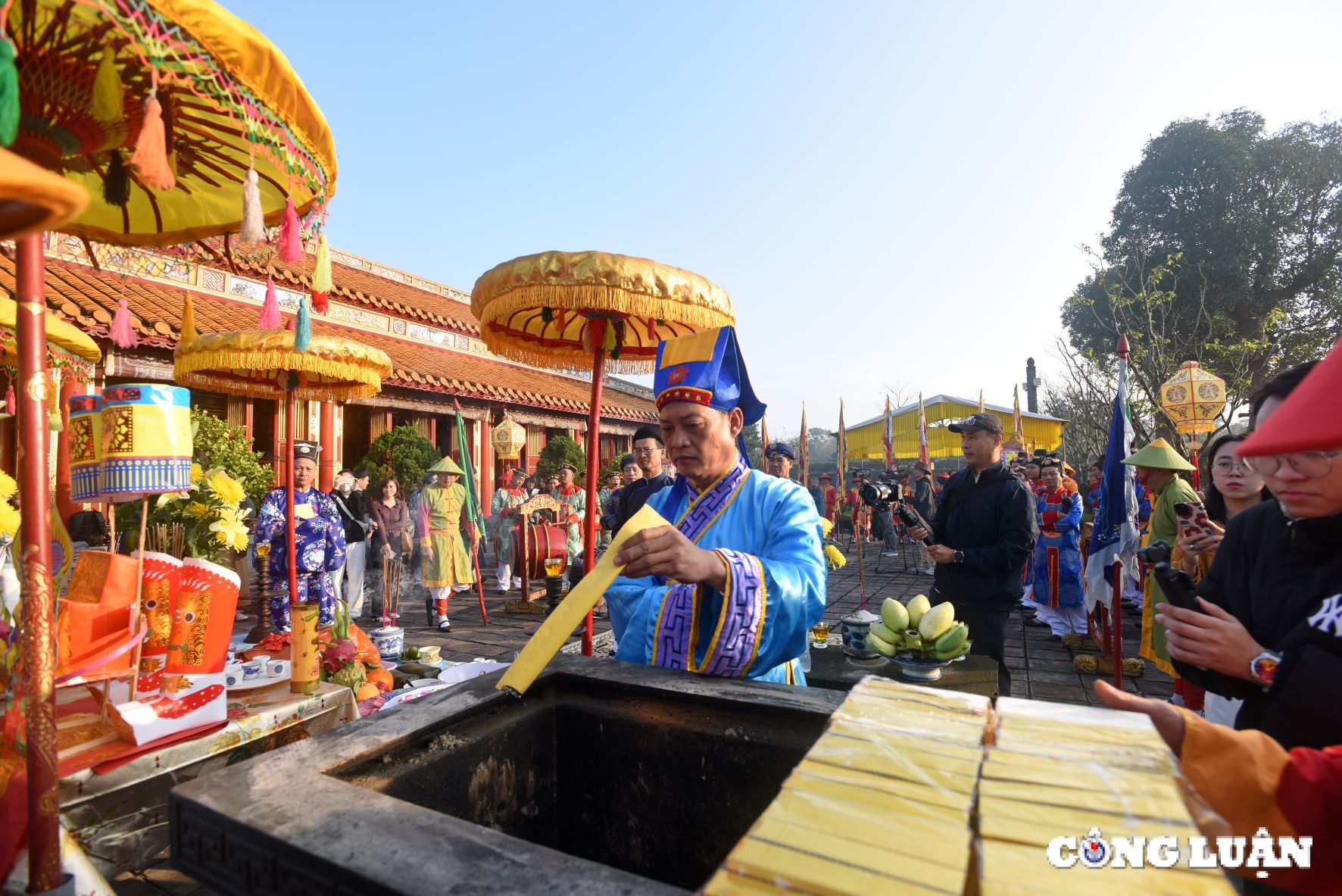
The ritual of burning votive papers after the ceremony is over means the ceremony is complete. Photo: Minh Giang

The pole is made from a large bamboo tree with the top intact, carried by 10 soldiers. Photo: Minh Giang
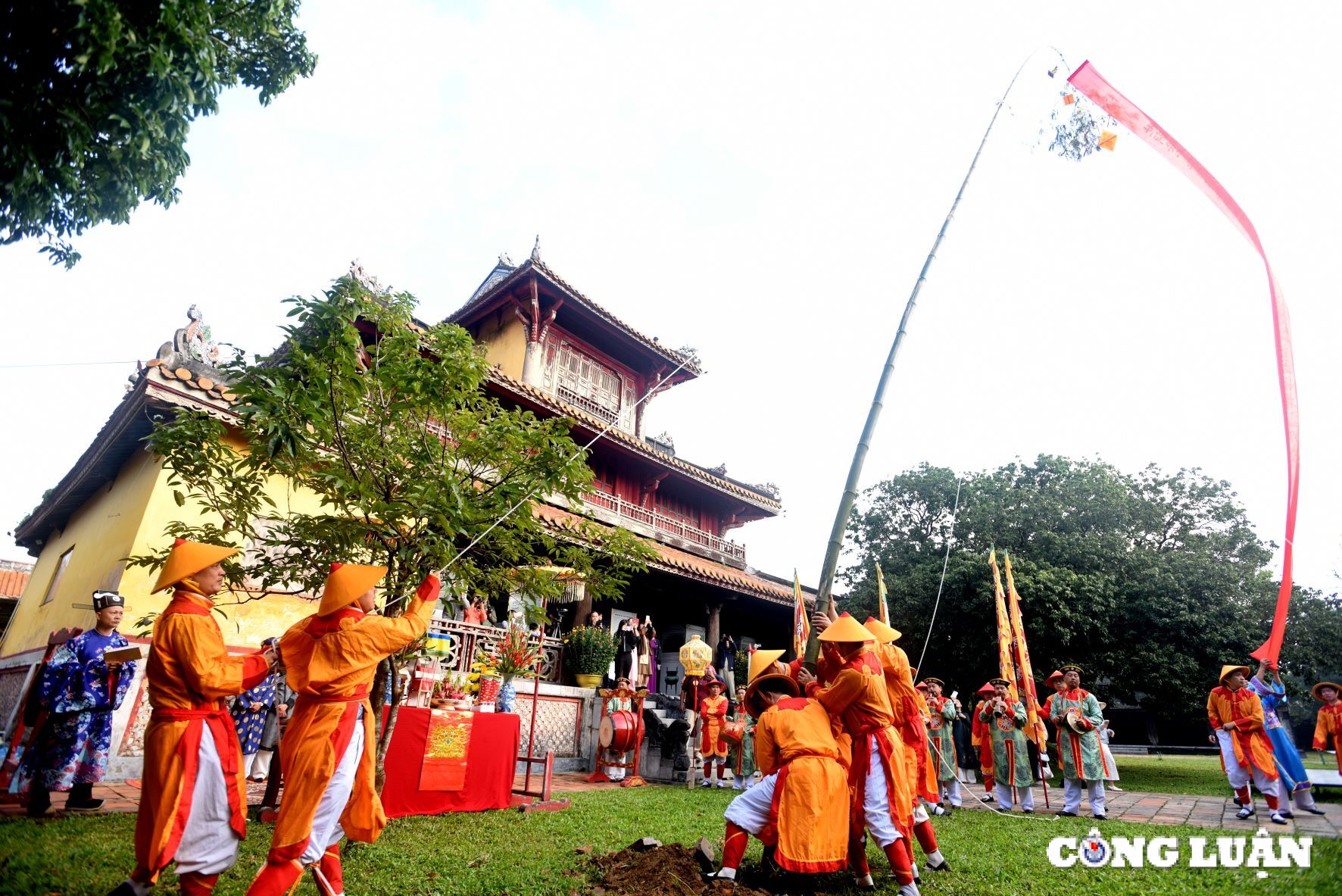
The pole was erected to mark the end of all work of the old year to prepare for Tet in the royal palace. Photo: Minh Giang
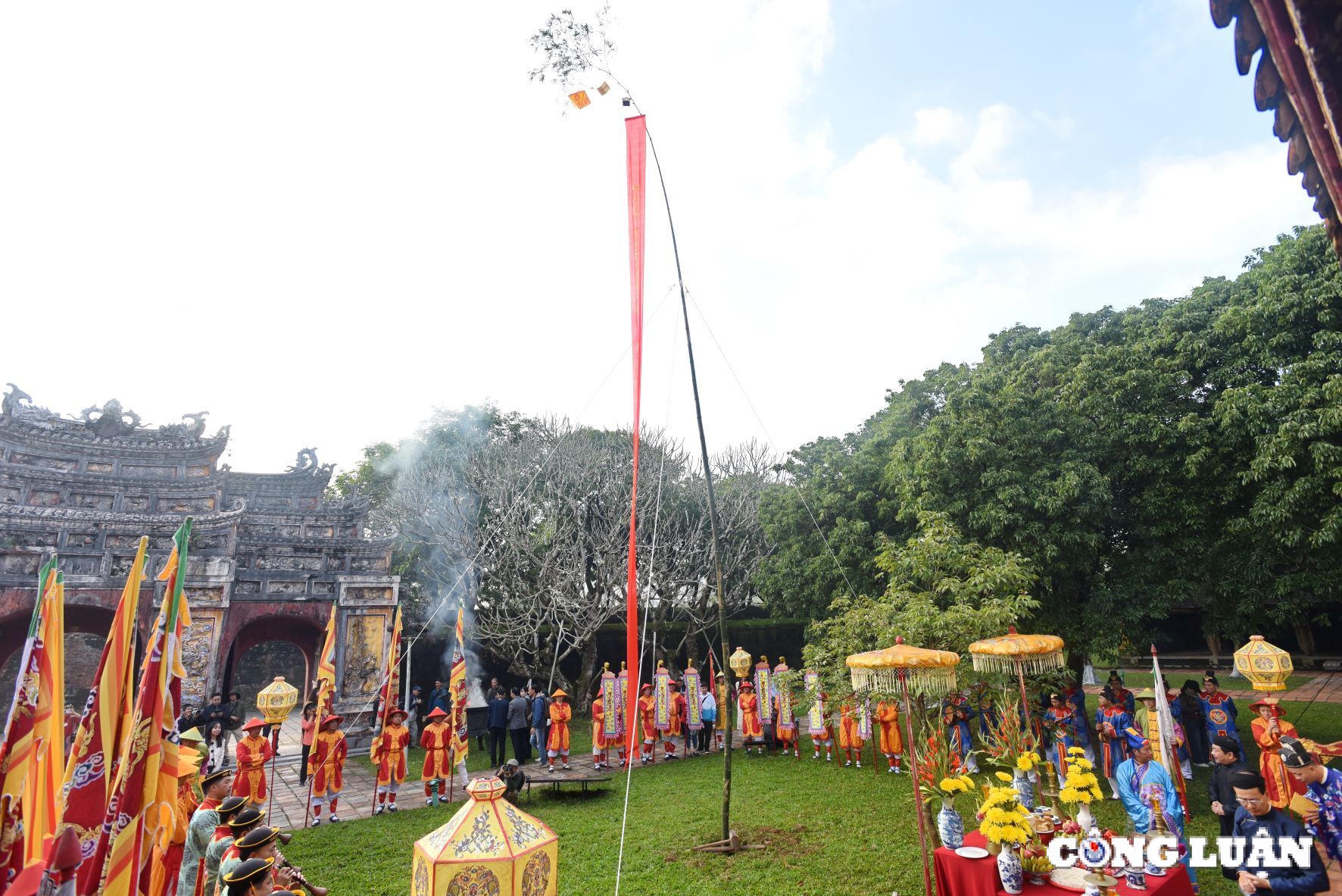
A large pole was planted in front of the yard of The To Mieu, where the Nguyen Dynasty kings were worshiped. Photo: Minh Giang
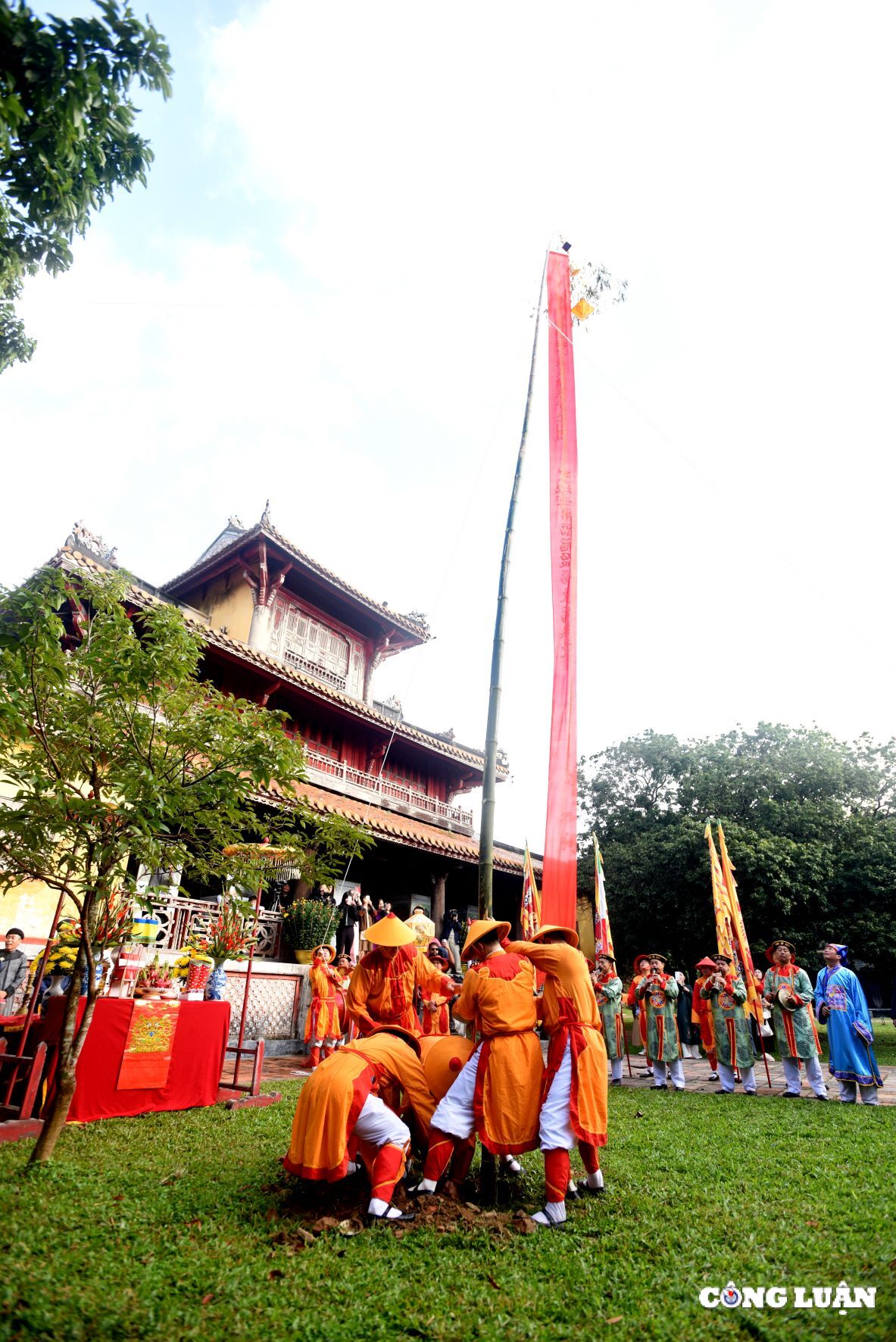
The act of erecting a flagpole in the imperial citadel, in addition to informing the people of the end of all work of the old year to prepare for the new year, is also a ritual to pray for favorable weather, national peace, and prosperity for every family. Photo: Minh Giang
Minh Giang
Source: https://www.congluan.vn/doc-dao-nghi-le-thuong-neu-trong-hoang-thanh-hue-post331783.html


![[Photo] President Luong Cuong receives Kenyan Defense Minister Soipan Tuya](https://vstatic.vietnam.vn/vietnam/resource/IMAGE/2025/4/17/0e7a5185e8144d73af91e67e03567f41)
![[Photo] President Luong Cuong receives UN Deputy Secretary General Amina J.Mohammed](https://vstatic.vietnam.vn/vietnam/resource/IMAGE/2025/4/17/72781800ee294eeb8df59db53e80159f)
![[Photo] Hundred-year-old pine trees – an attractive destination for tourists in Gia Lai](https://vstatic.vietnam.vn/vietnam/resource/IMAGE/2025/4/17/25a0b7b629294f3f89350e263863d6a3)
![[Photo] General Secretary To Lam attends conference to meet voters in Hanoi city](https://vstatic.vietnam.vn/vietnam/resource/IMAGE/2025/4/17/889ce3da77e04ccdb753878da71ded24)
![[Photo] President Luong Cuong receives Lao Prime Minister Sonexay Siphandone](https://vstatic.vietnam.vn/vietnam/resource/IMAGE/2025/4/17/337e313bae4b4961890fdf834d3fcdd5)
![[Photo] Prime Minister Pham Minh Chinh and Ethiopian Prime Minister visit Tran Quoc Pagoda](https://vstatic.vietnam.vn/vietnam/resource/IMAGE/2025/4/17/18ba6e1e73f94a618f5b5e9c1bd364a8)


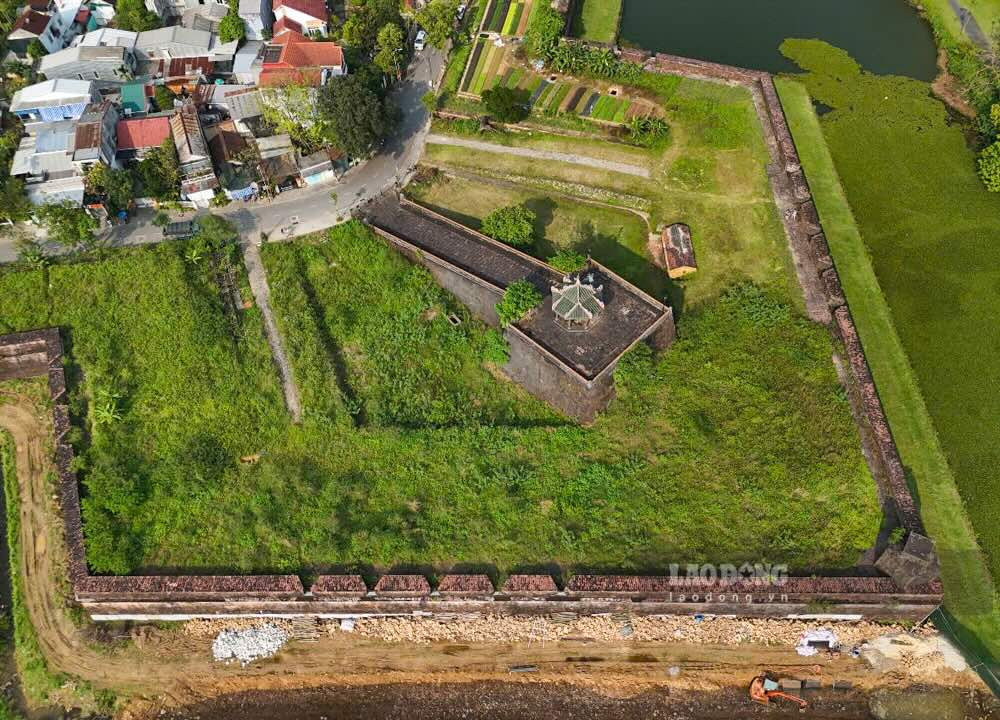



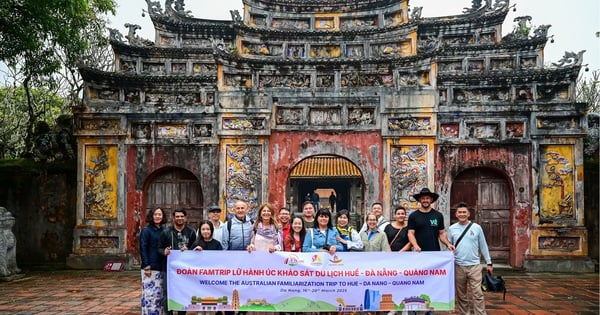

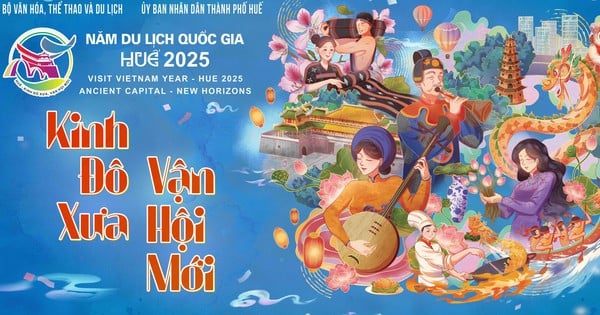
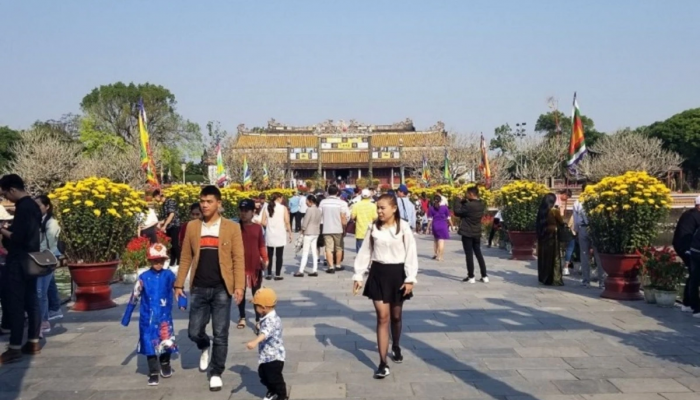
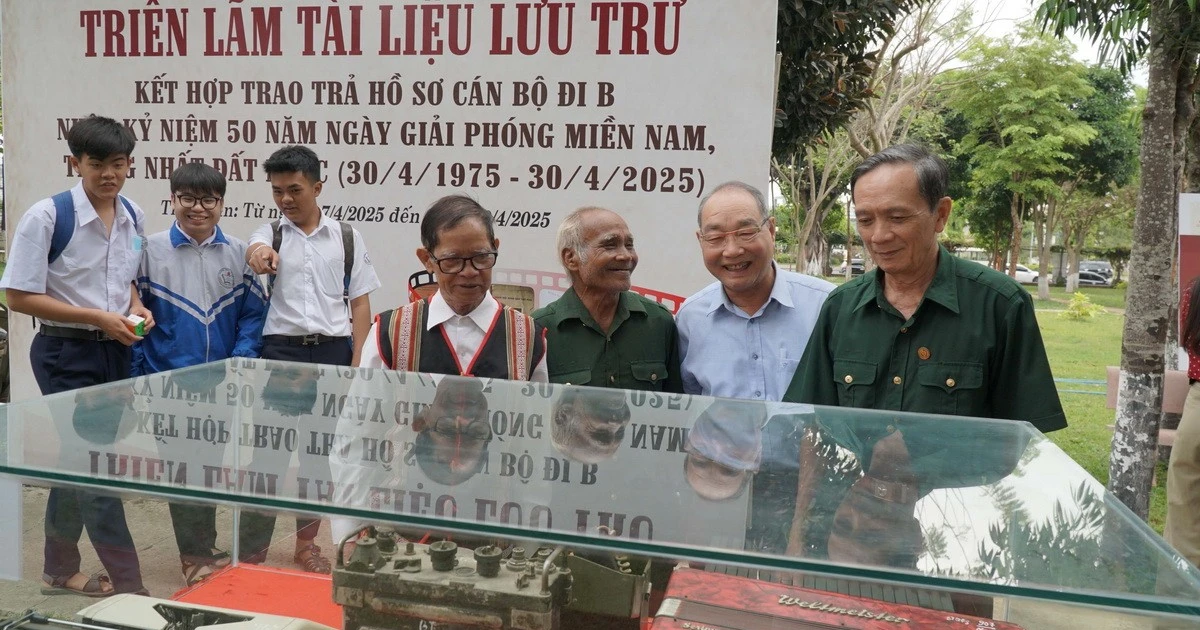
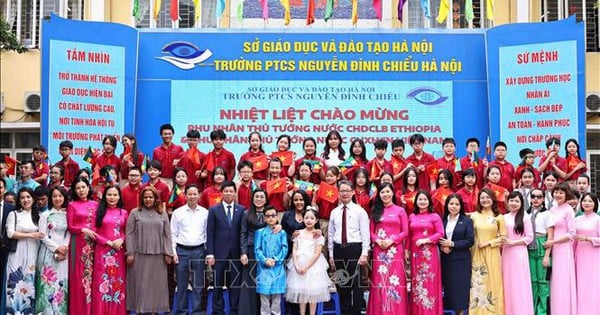

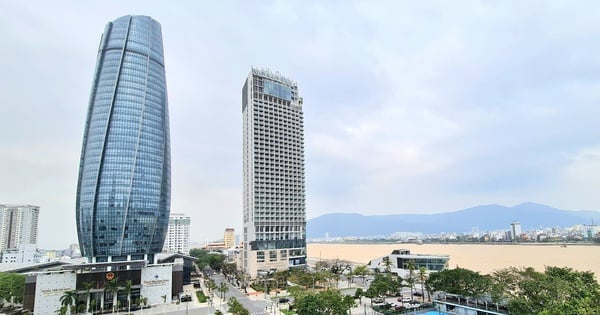

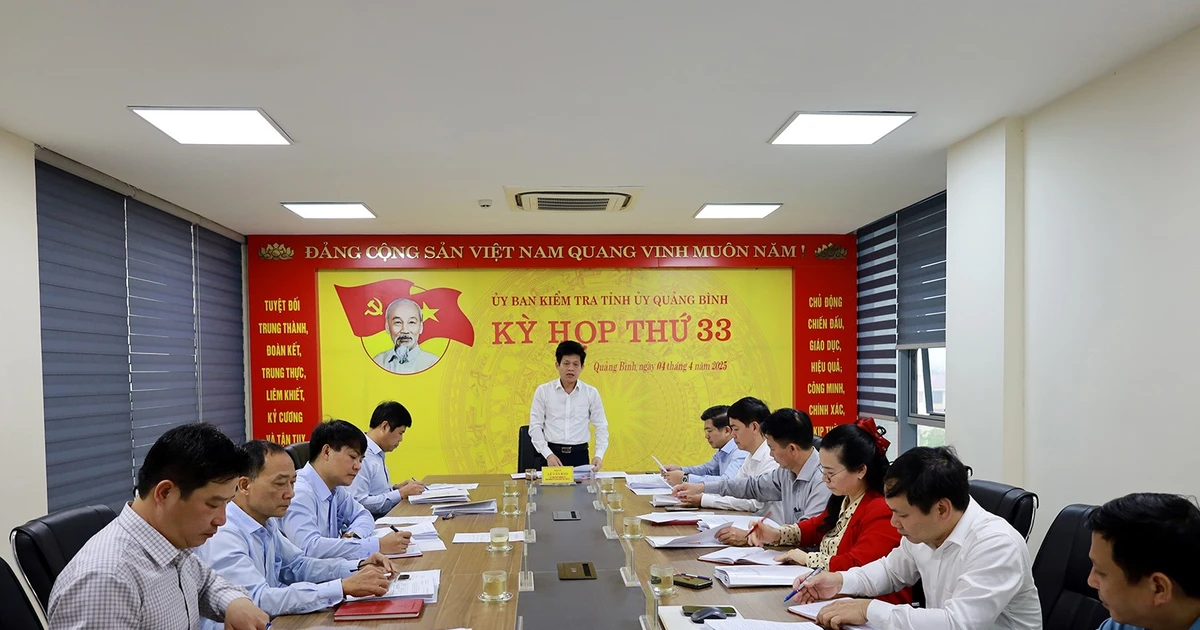






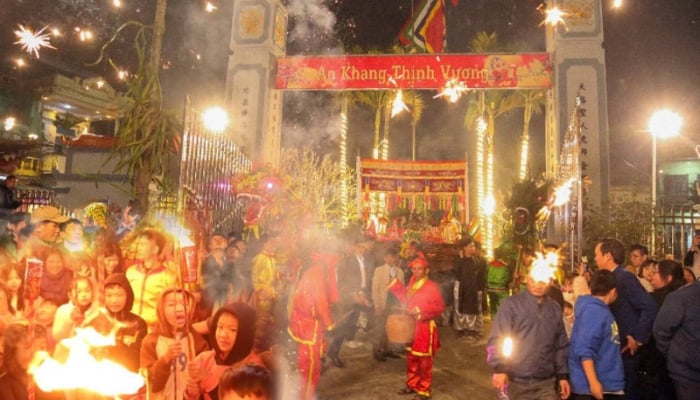
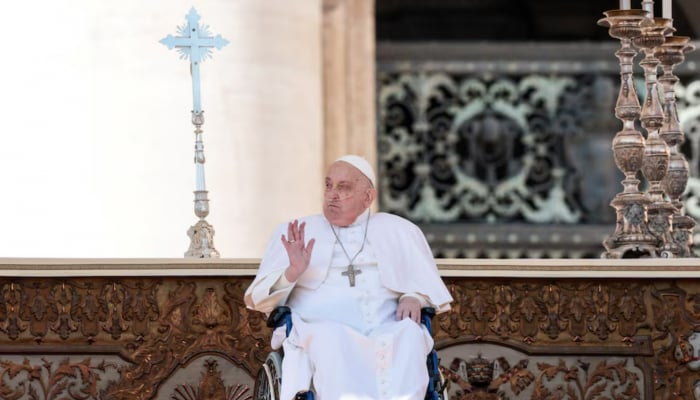
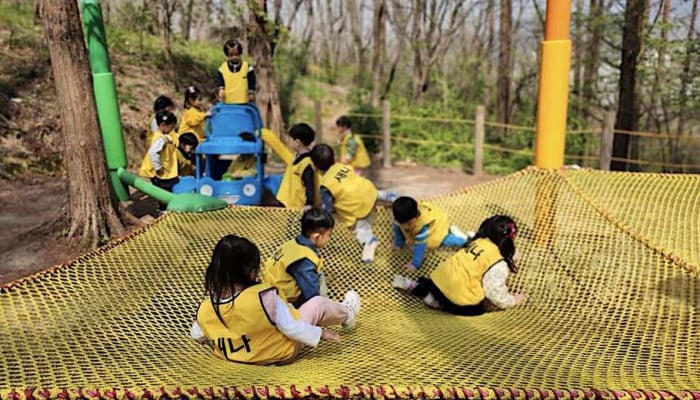









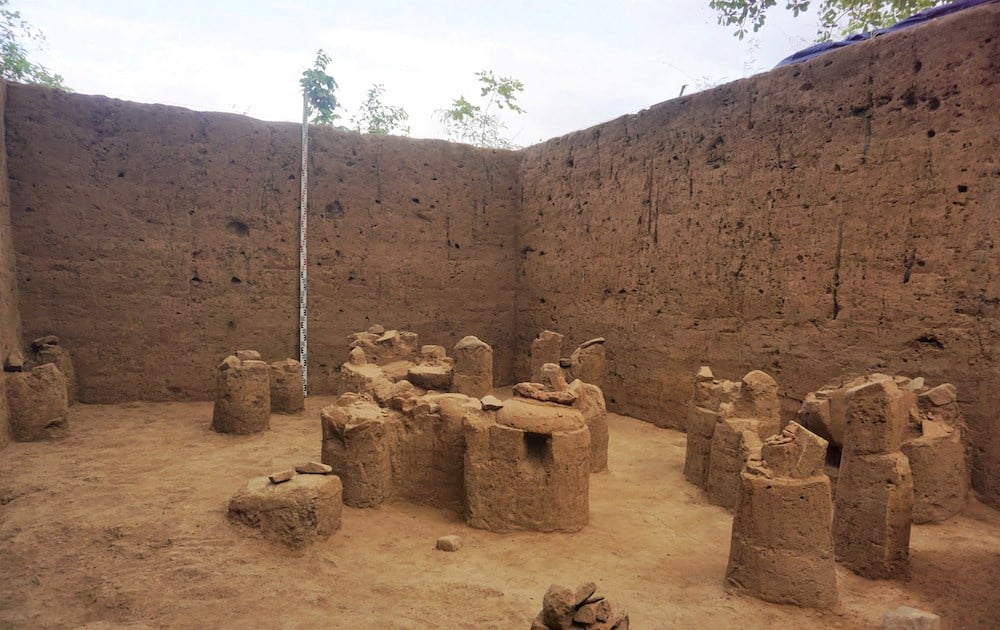



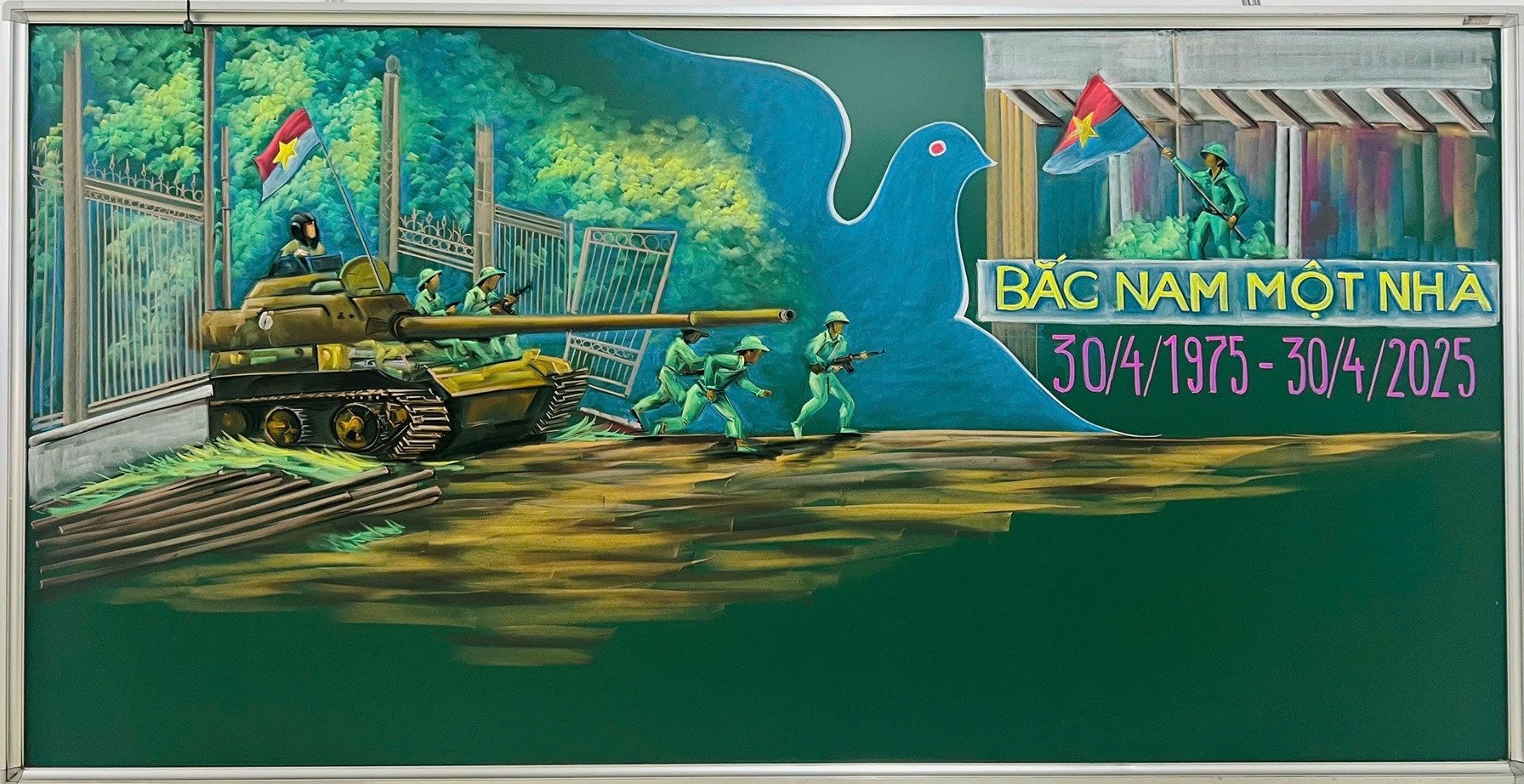



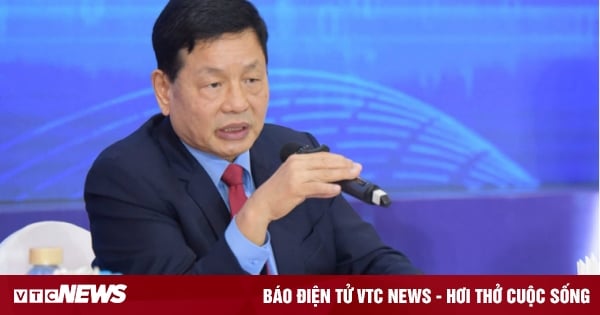

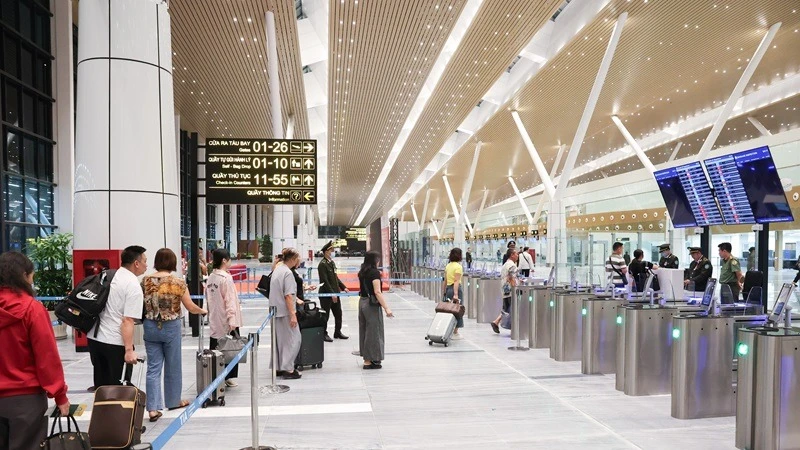



![[Video] Viettel officially puts into operation the largest submarine optical cable line in Vietnam](https://vstatic.vietnam.vn/vietnam/resource/IMAGE/2025/4/17/f19008c6010c4a538cc422cb791ca0a1)
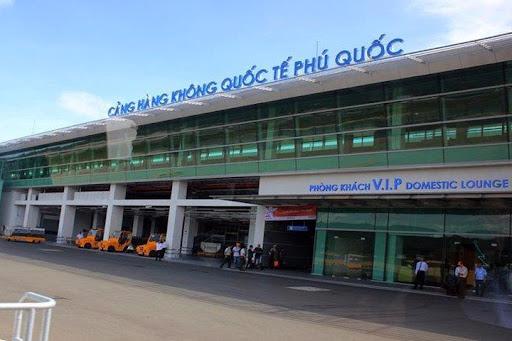



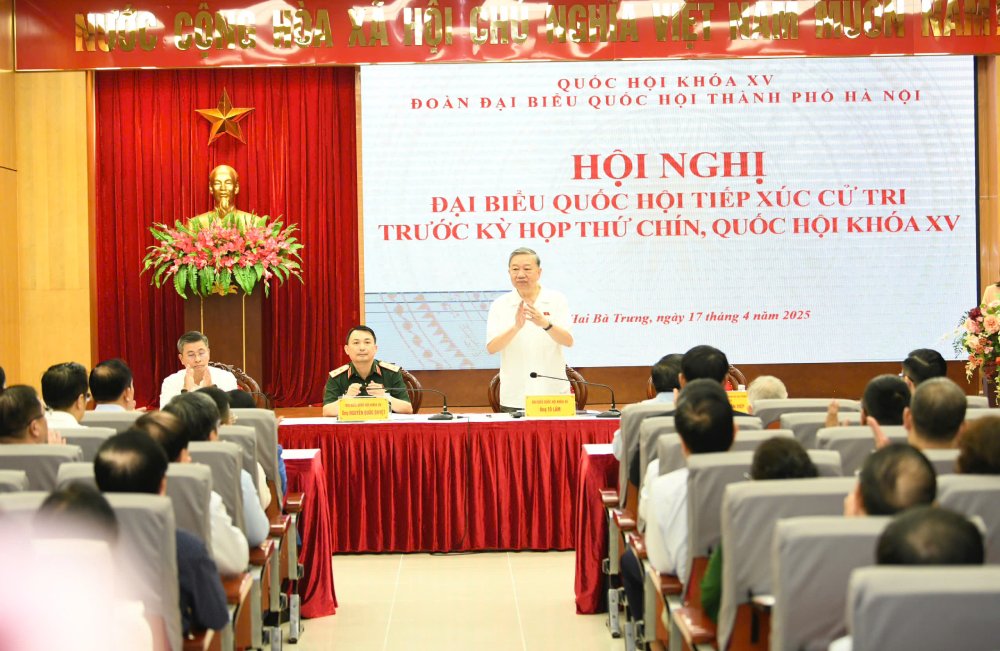
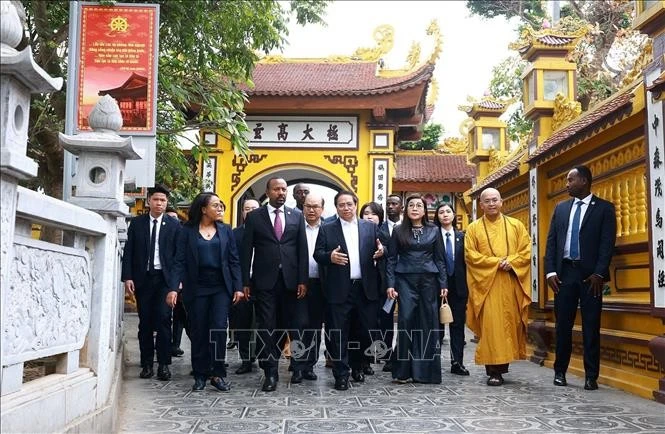

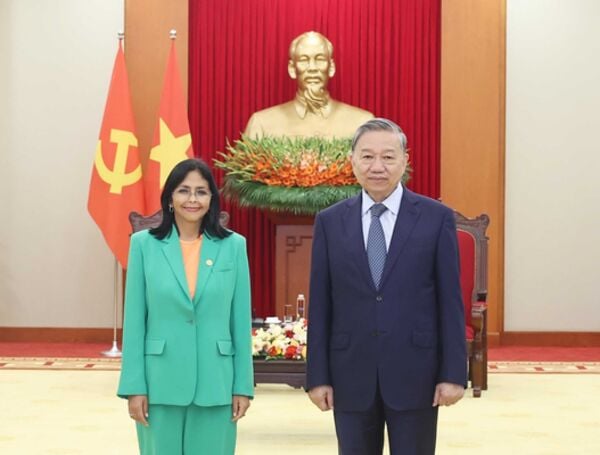
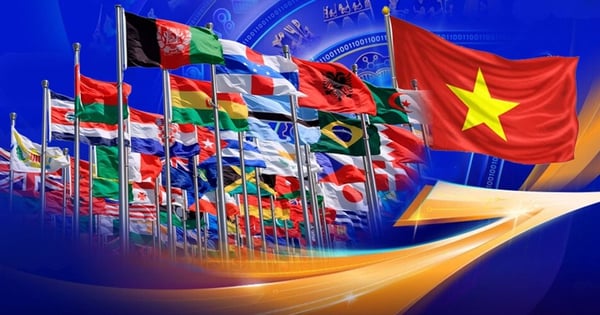
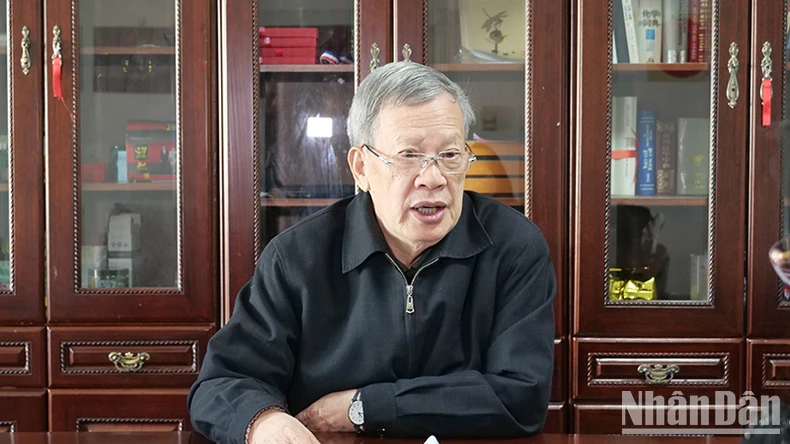


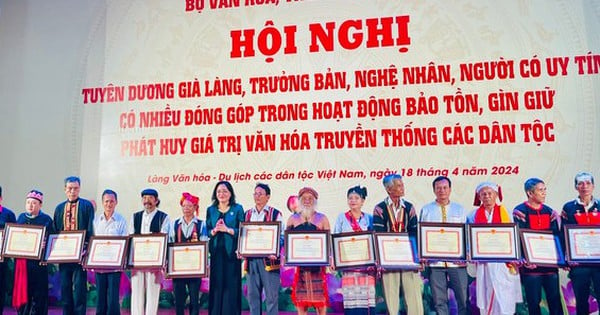

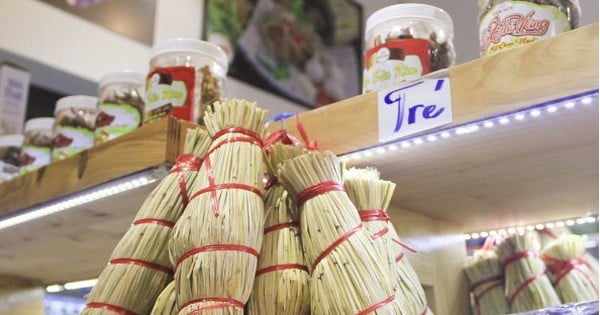
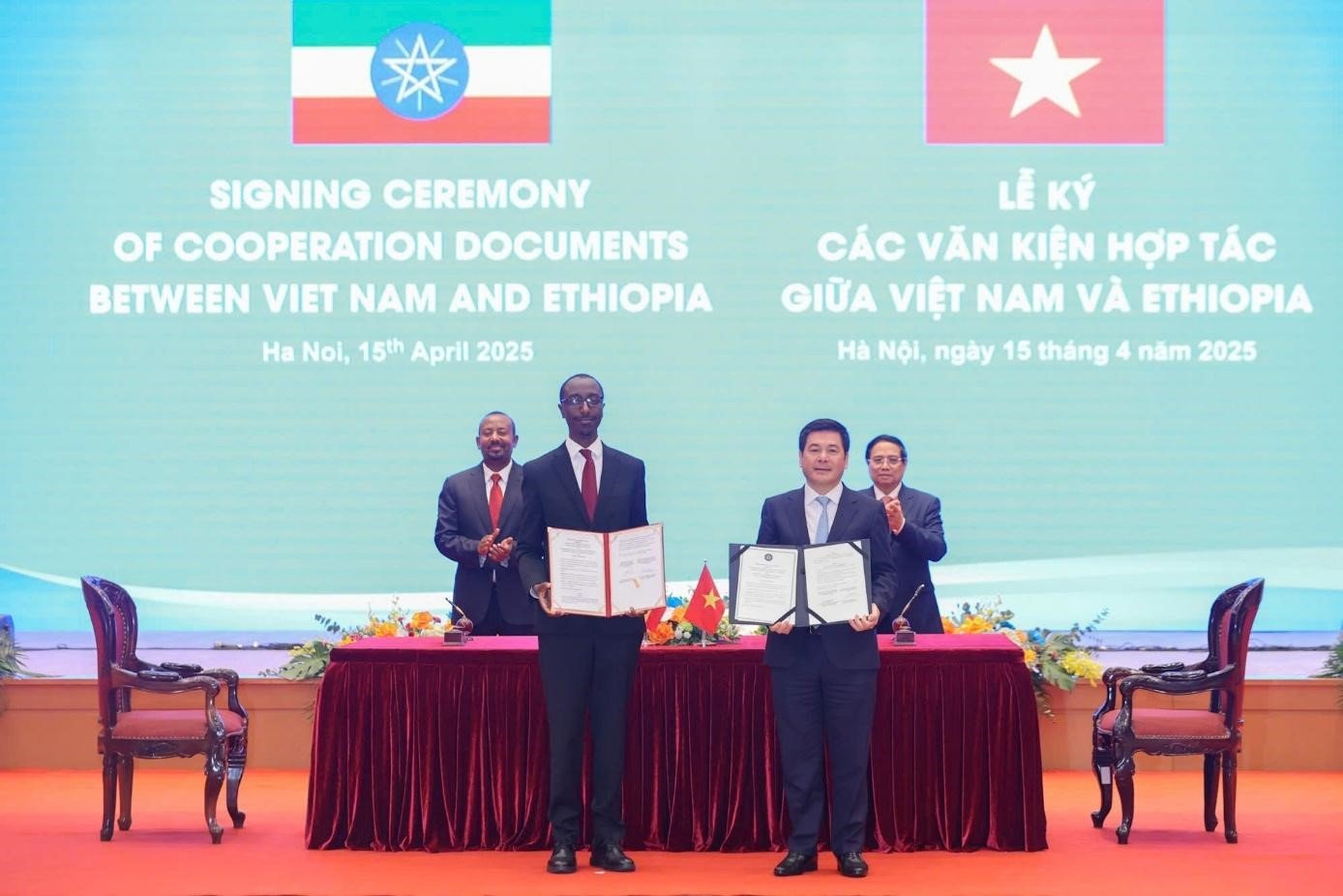

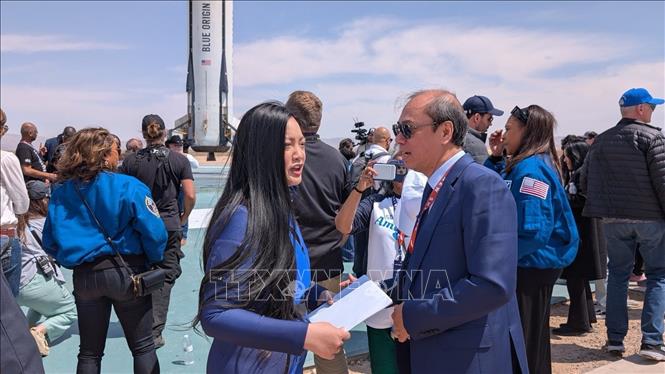

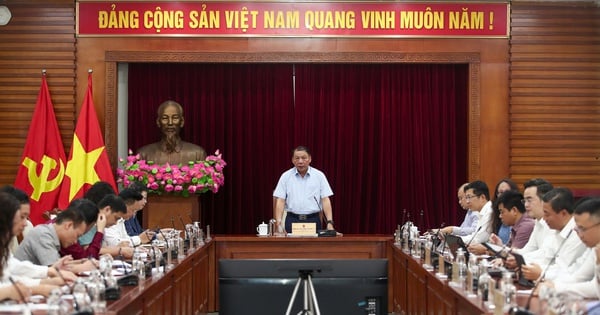
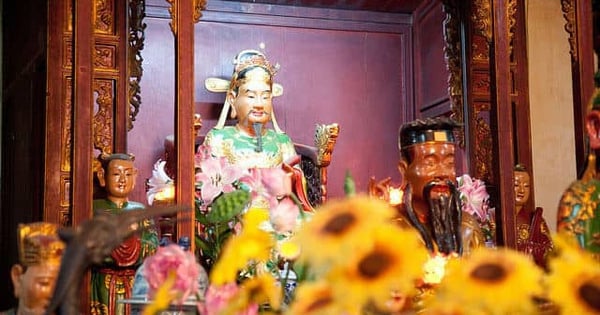
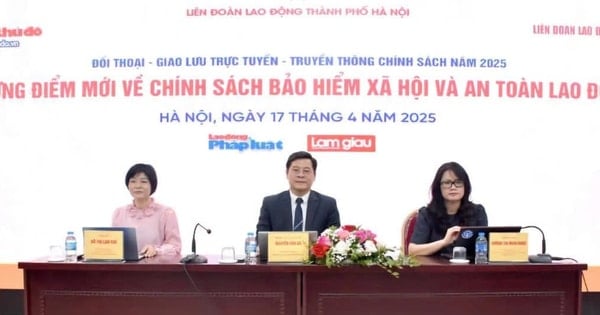



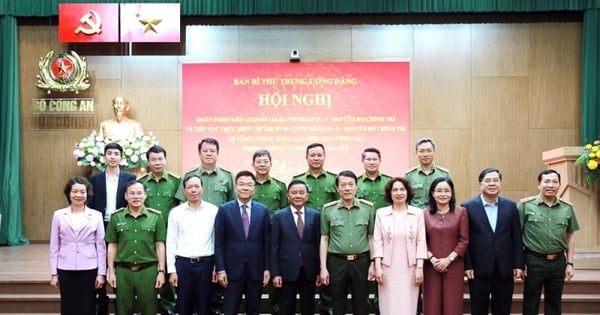
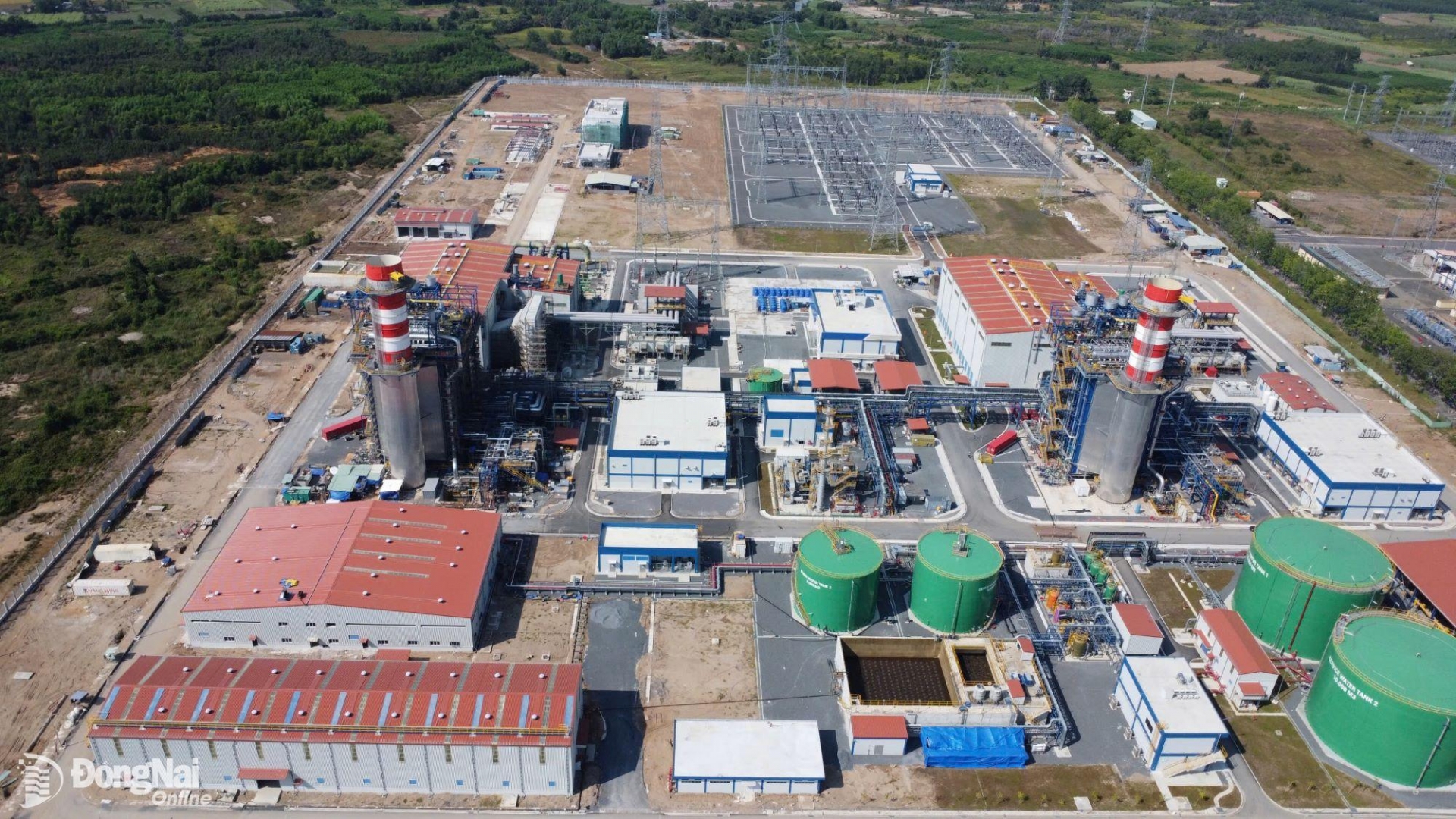

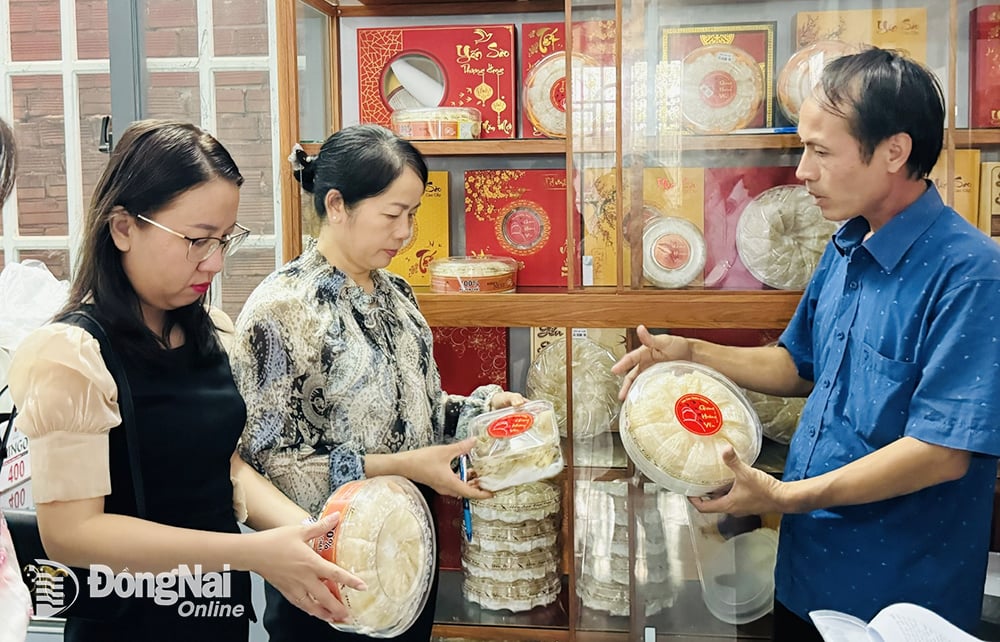
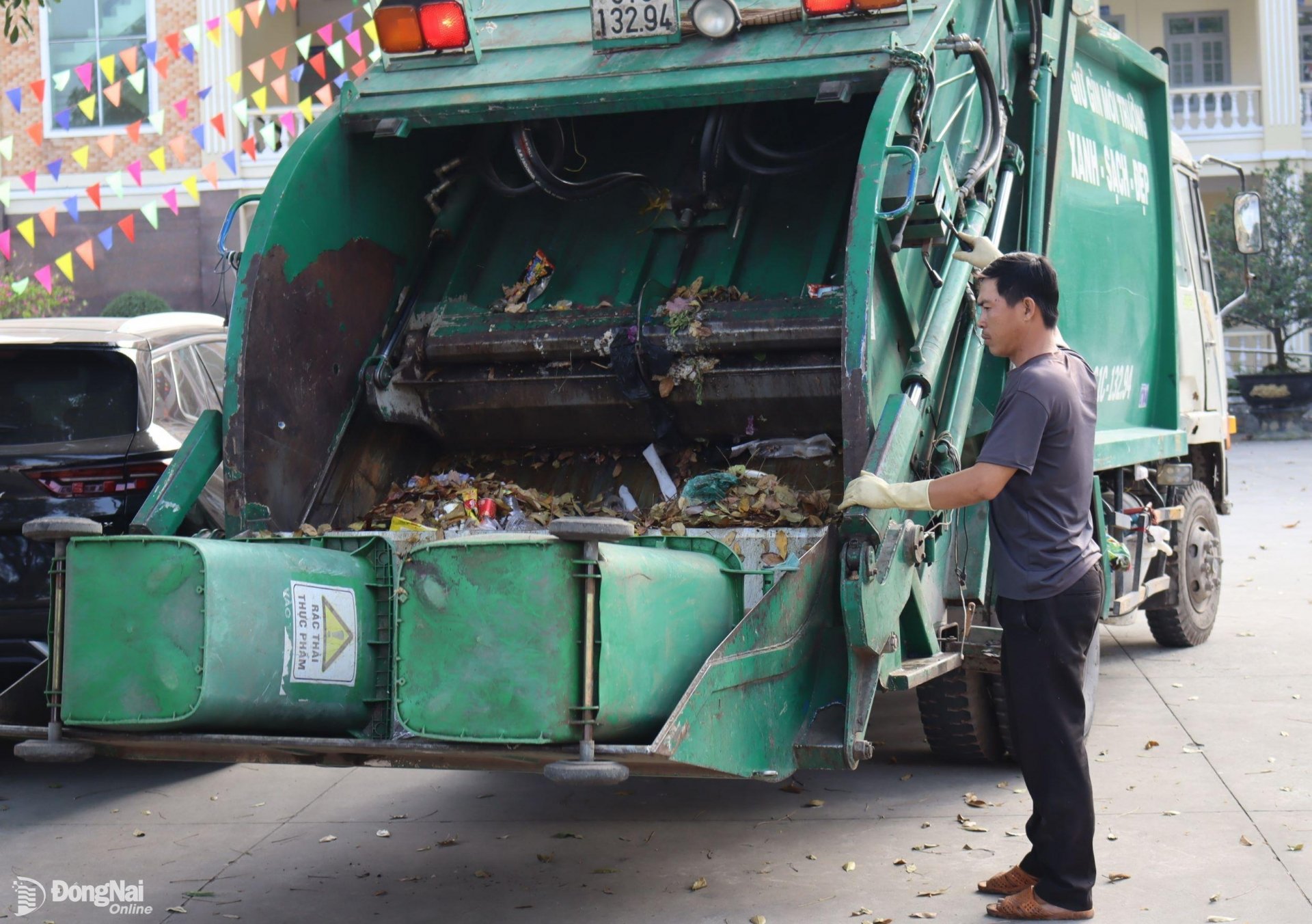


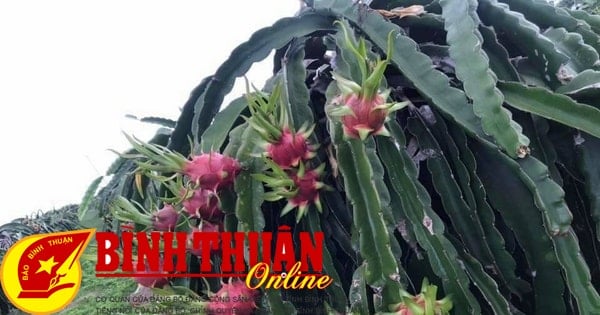

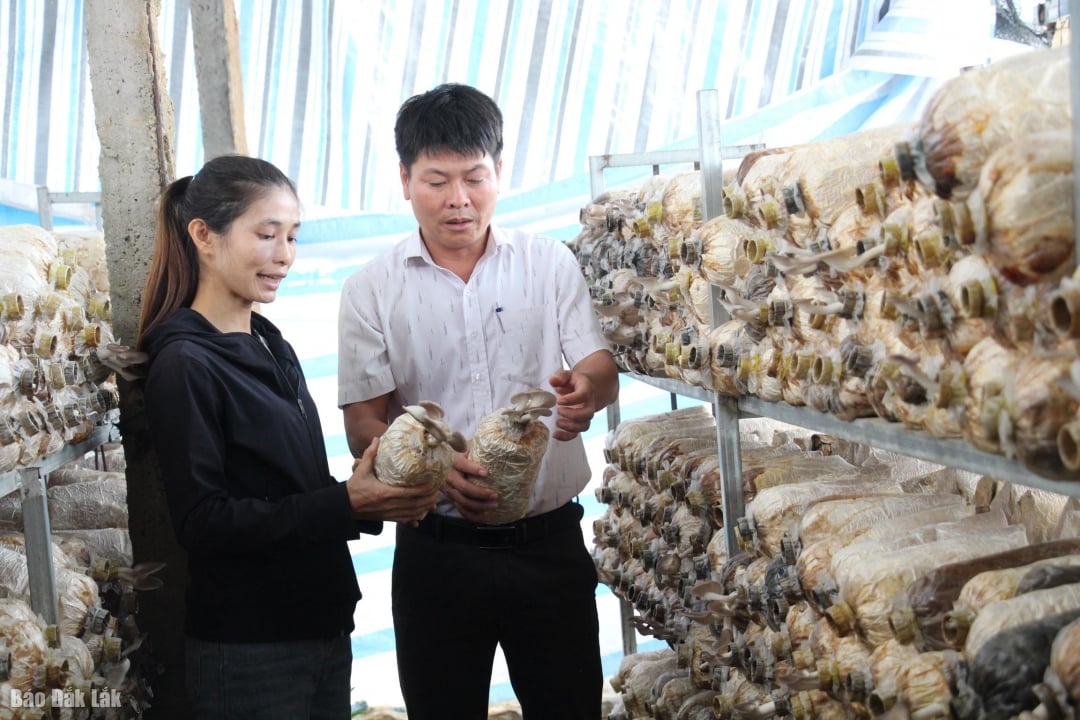





Comment (0)